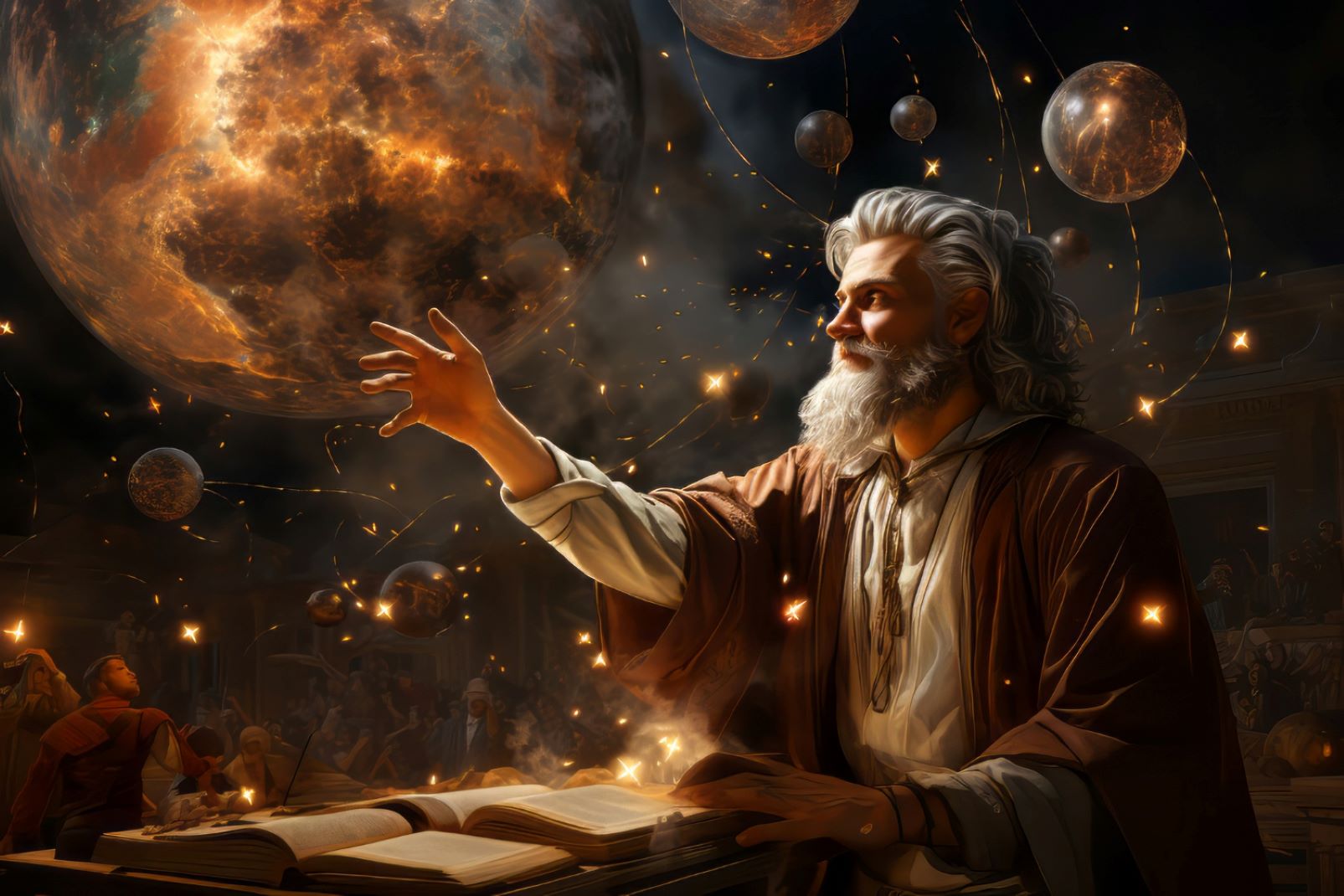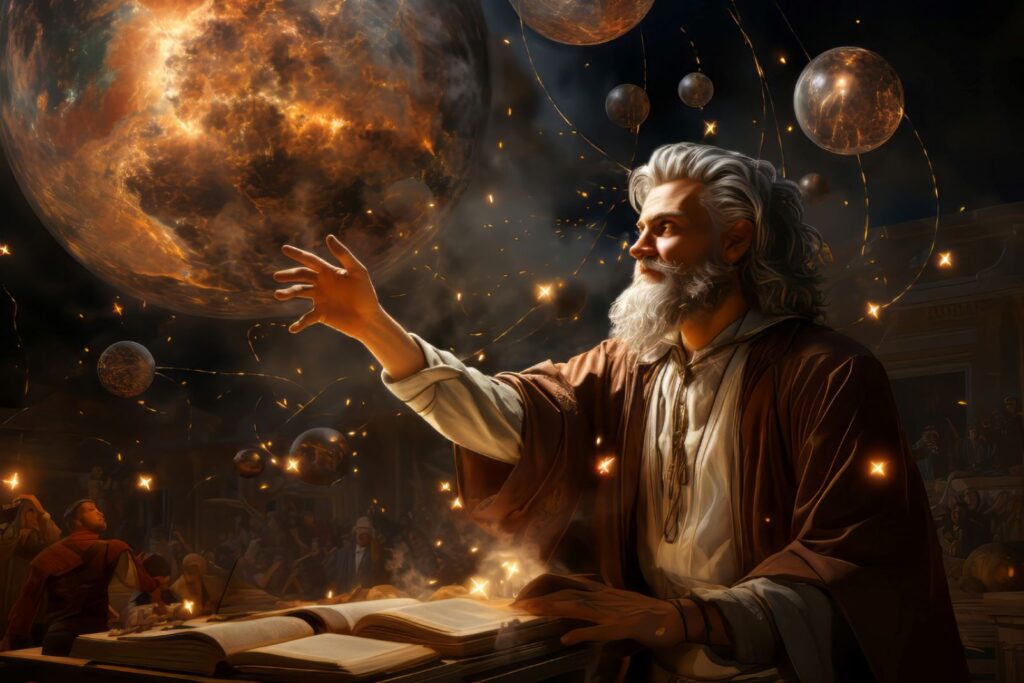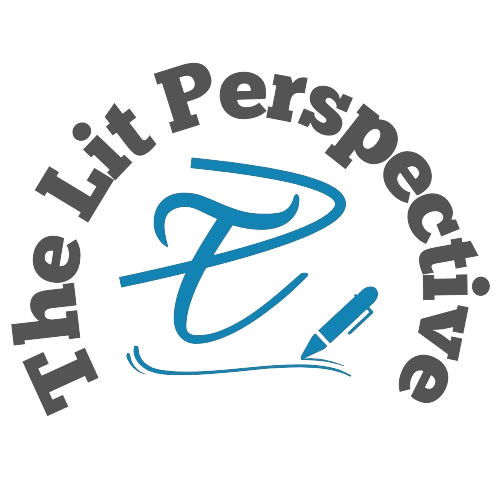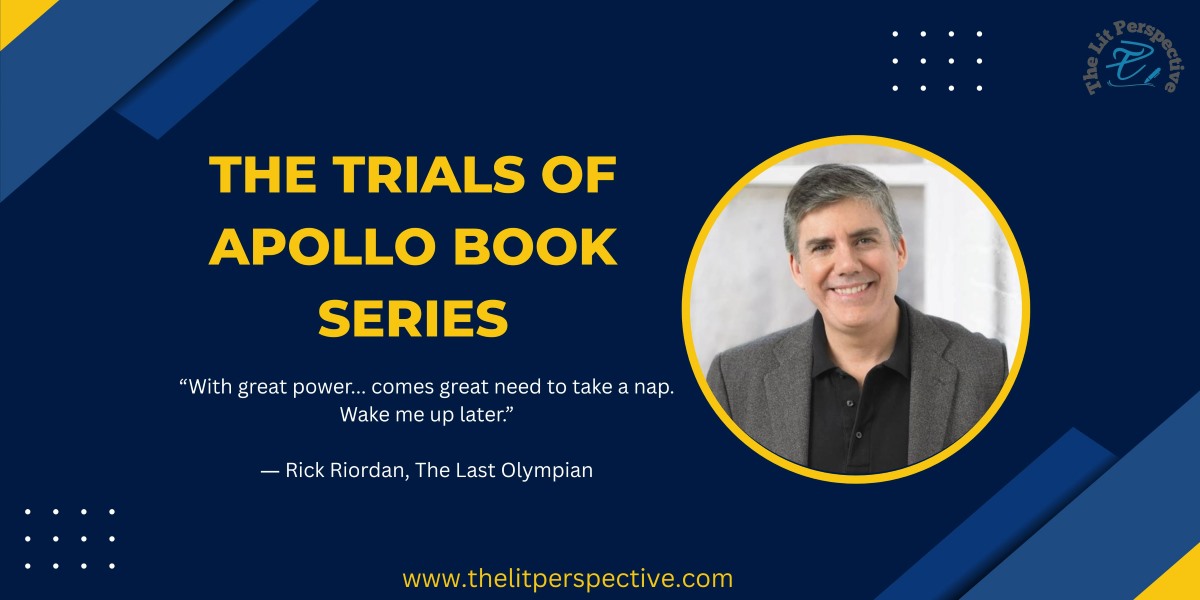TheLitPerspective is your one-stop shop for everything that ignites the spark of curiosity within you.

Burying the Hatchet: A Book That Explores Science and Religion

Photo from freepik
Jim Gleeson’s Science, God and You: The Ancient Theory of Everything is a book that explores science and religion, burying the hatchet between these two old schools of thought and proposing the reality that they are one and the same: two sides of the same coin.
A False Dichotomy of Perspectives
For centuries, it has long been believed that science and religion are two opposing forces, separated by a gulf of differences that is too large, and that there may never come a time when the two can coexist as equals.
This can seem intuitive.
Science has long been regarded as a perspective that values empiricism and logic, seeking to explain the natural world through phenomena that can be observed. On the other hand, religion is more focused on faith and revelation, using subjective and spiritual experiences to better understand humanity’s place within the universe. Fire and water, dark and light, up and down, etc. Religion and science seem correct, yes?
This apparent divide has long been a source of conflict between the two sides, with each skeptical of the other’s approach to anything. Most attempts at burying the hatchet have been complete and utter failures.
But not everyone has given up on this project. There have been some wins despite the many losses. Throughout history, there have been many thinkers who have worked to find common ground between the two schools of thought, and, in their own ways, they have demonstrated that these two seemingly disparate domains can not only coexist but also reinforce each other.

Photo by wirestock
Science, God and You by Jim Gleeson is another contemporary take on this struggle between science and religion. Positioning himself firmly on the fine line of reconciliation, Gleeson offers his readers a fresh and novel perspective that integrates scientific understanding with spiritual truth.
The dichotomy between science and religion is ultimately a false one, one that has only stifled human progress.
Dual Understanding, Greater Insight
Gleeson’s approach isn’t about forcing a superficial agreement or cherry-picking data to fit a preconceived religious framework. No, he goes beyond such trifles.
What he has done is that he has thoroughly and rigorously examined the fundamental nature of both scientific inquiry and spiritual seeking; he suggests that they are, at their core, driven by a similar desire: to understand reality.
He goes back to the ancients, who viewed both religion and faith as simply two roads that led to the same destination.
He argues that science’s quest to unravel the mysteries of the cosmos and spirituality’s exploration of meaning and purpose are simply different lenses through which we perceive the same ultimate reality.
Thus, to believe that the two are irreconcilable would be to argue that a coin only has one side.
Beyond the Limits of Materialism
A critical part of Gleeson’s attempts to bridge the divide between faith and science is by reexamining the limitations of purely materialistic scientific perspectives.
While he acknowledges the immense power and utility of the scientific method in explaining the physical world, he says it may not be equipped to address questions of ultimate origin, consciousness, or the nature of the divine. These are immaterial after all and cannot be examined through material lenses.
Of course, Gleeson doesn’t dismiss scientific findings as false, but he does argue that science itself operates within certain boundaries, focusing on the “how” of the universe while often remaining silent on the “why.”
This line of inquiry is the first step towards opening up a space where spiritual or theological explanations can be used to address deeper existential questions without necessarily contradicting scientific observations.
The Ancient Theory of Everything
In his pursuit of bridging the gap between science and religion, Gleeson explores areas where modern science, particularly quantum physics, seems to be hinting at realities that resonate with ancient spiritual wisdom.
Concepts like interconnectedness, non-locality, and the observer effect in quantum mechanics, for instance, can be interpreted as having parallels in mystical traditions that speak of a unified reality and the influence of consciousness on the fabric of existence.
While cautioning against simplistic correlations, Gleeson suggests that these emerging scientific understandings can create a more open and receptive intellectual climate for considering spiritual perspectives.

Photo from freepik
Jim Gleeson’s Science, God and You offers a valuable contribution to the ongoing dialogue between these two important aspects of human understanding. If you want to learn more about his work and his perspectives on the world, clicking this link will take you to the homepage.

Alex is a writer with two modes: simple and wild. He’s equally at home going either way. He always has something to say and something to offer, even if it’s only after a few minutes of furious googling. He loves reading and writing random stuff in his spare time.



